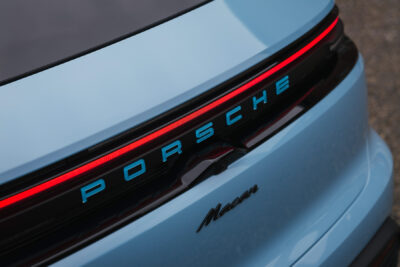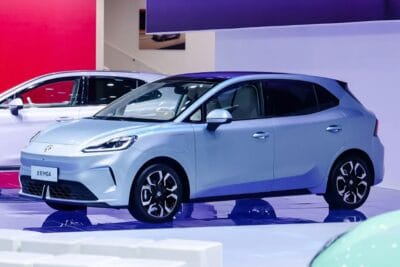Tesla withdraws Model 3 with LFP battery from US market
Tesla is known to frequently change the prices or availability of its models without providing separate information. As the US publication Electrek writes, the Model 3 Standard Range disappeared from the US configurator at the beginning of October. At 39,000 dollars, this variant was the cheapest Tesla in the US. Recently, however, only the Model 3 with the larger Long Range battery has been available there – in the rear-wheel drive version from 42,490 dollars. There is also the Model 3 Long Range with all-wheel drive (47,490 dollars) and the Model 3 Performance (54,990 dollars).
While all Model 3 variants in Europe come from Giga Shanghai, things are different in America. Tesla manufactures the Model 3 for its home market in Fremont, California. The variants with the large battery use NCA round cells from Gigafactory 1 in Nevada. On the other hand, the Model 3 Standard Range uses LFP cells from CATL, which are imported from China.
That was likely the decisive factor in Tesla discontinuing this variant in the US (for the time being). With the Chinese battery supply chain, this variant did not qualify for the US tax credit of up to 7,500 dollars, which meant the Long Range version with rear-wheel drive was already de facto cheaper for customers beforehand.
In addition to increasing import duties for China-made electric cars to 100 per cent (instead of the previous 25 per cent), the Biden administration also raised duties on importing a lithium-ion battery from 7.5 to now 25 per cent. As US demand was already leaning towards the Model 3 Long Range RWD due to the subsidy, the Model 3 Standard Range was probably no longer competitive with the more expensive battery from China due to the tariffs.
At Tesla, however, it is always possible that a variant will return to the portfolio just as quickly as it once disappeared. For example, it could come back with an LFP battery that is not subject to tariffs, giving customers access to the US tax credit.
Tesla presented its production and delivery figures for the third quarter on Wednesday. These exceeded the results from Q2/2024 and Q3/2023. The growth is mainly due to the Model 3 and Model Y. However, growth in the category ‘other models’ – i.e., Model S, Model X, Cybertruck, and Semi – was relatively low.





0 Comments